A finite source retrial queueing inventory system with stock dependent arrival and heterogeneous servers
- PMID: 39715847
- PMCID: PMC11666808
- DOI: 10.1038/s41598-024-81593-7
A finite source retrial queueing inventory system with stock dependent arrival and heterogeneous servers
Abstract
This article discusses a finite-source stock-dependent stochastic inventory system with multiple servers and a retrial facility. The system can store a maximum of S items, and the lifetime of each item is exponentially distributed. The primary customer arrives at the waiting hall from the finite source and receives service from multi-servers. The rate at which customers arrive depends on the current stock level. If the waiting hall is full during the primary customer's arrival, he enters the finite orbit. Additionally, customers in the waiting hall may lose patience and enter the orbit. To replenish the stock, we follow the (s, Q) ordering policy. We calculate the joint probability distribution of the number of inventory items, busy servers, and number of customers in the waiting hall and orbit at a steady state. We conduct a comparative numerical analysis to determine the impact of heterogeneous and homogeneous service rates on various metrics, such as the average impatient customer rate, the fraction of successful retrials, and the average number of customers in the waiting hall and orbit.
Keywords: (s, Q) ordering policy; Classical retrial policy; Impatient customers; Markov chain; Multi-server; Steady-state; Stock-dependent arrival.
© 2024. The Author(s).
Conflict of interest statement
Declarations. Competing interests: The authors declare no competing interests.
Figures


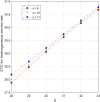
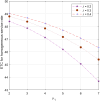


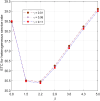
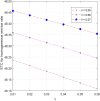
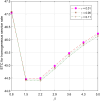
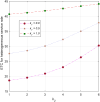


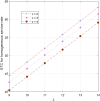
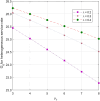
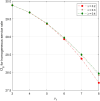
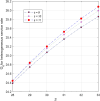

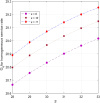


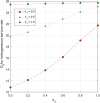
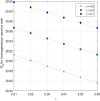
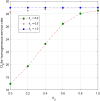
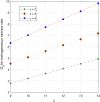
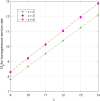


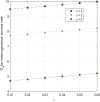
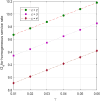


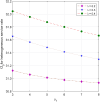

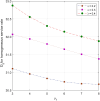

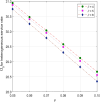
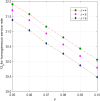






References
-
- Ke, J. C. & Wang, K. H. Cost analysis of the M/M/R machine repair problem with balking, reneging, and server breakdowns. Journal of the Operational Research Society50, 275–282 (1999).
-
- Stecke, K. E. Machine interference: Assignment of machines to operators. Handbook of Industrial Engineering, 14601494 (1992).
-
- Sztrik, J. Finite-source queueing systems and their applications. Formal Methods in Computing1, 7–10 (2001).
-
- Iravani, S. M., Krishnamurthy, V. & Chao, G. H. Optimal server scheduling in nonpreemptive finite-population queueing systems. Queueing Systems55, 95–105 (2007).
-
- Delasay, M., Kolfal, B. & Ingolfsson, A. Maximizing throughput in finite-source parallel queue systems. European Journal of Operational Research217, 554–559 (2012).
LinkOut - more resources
Full Text Sources

